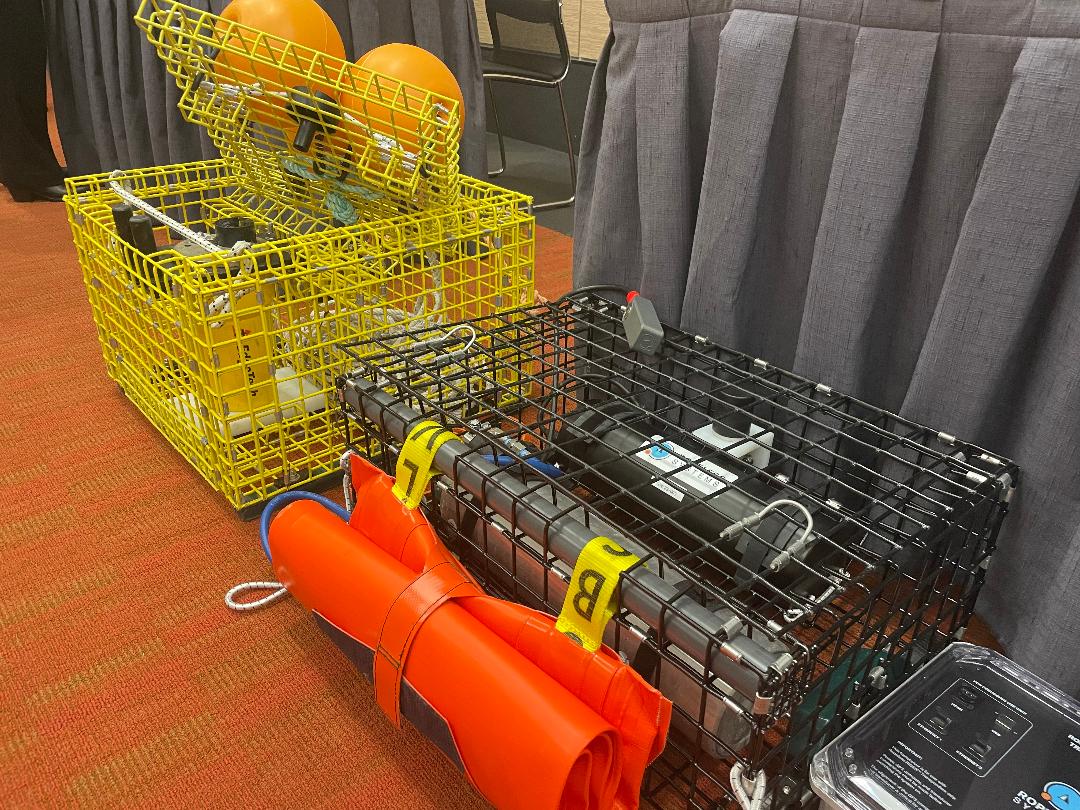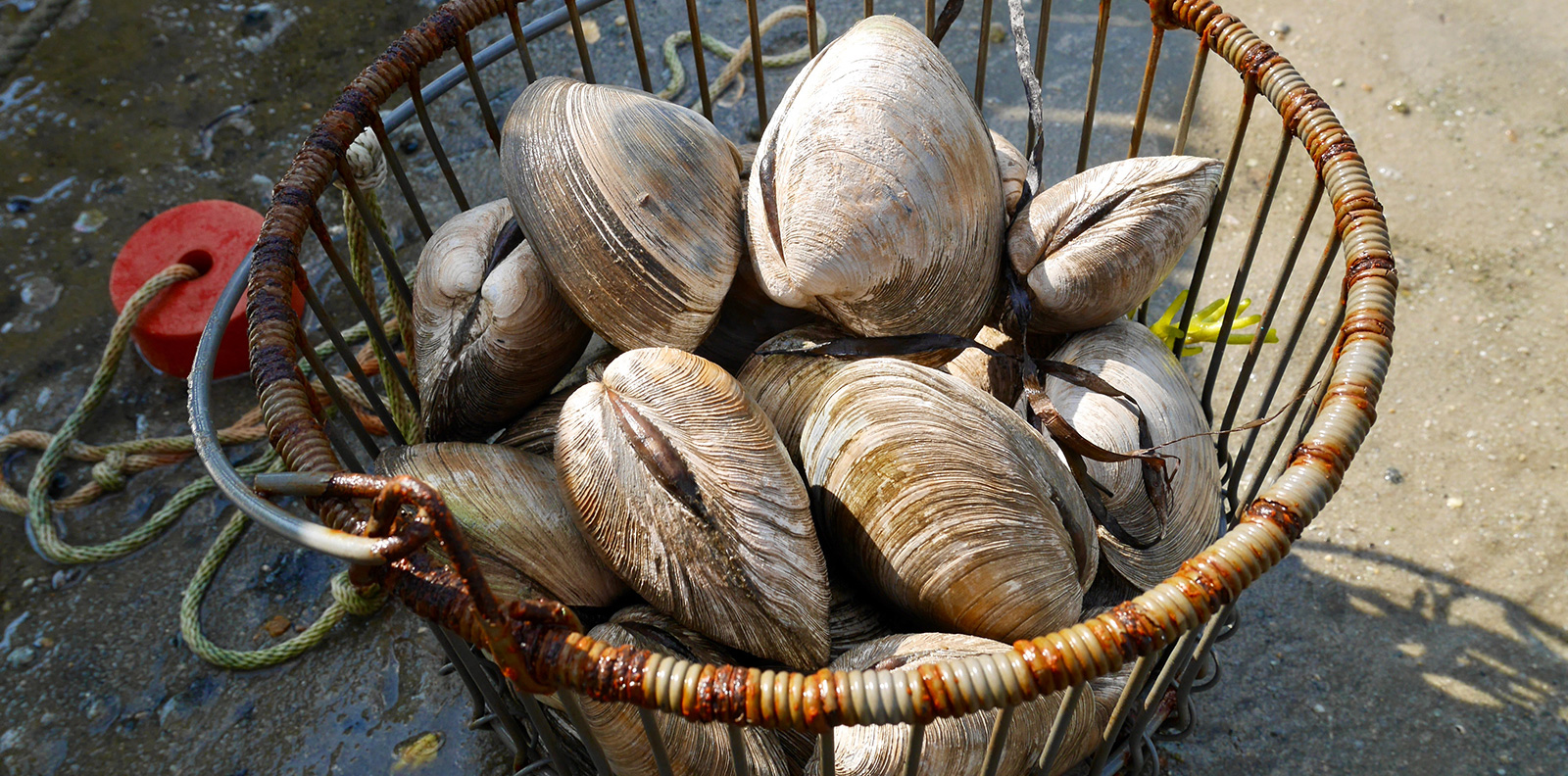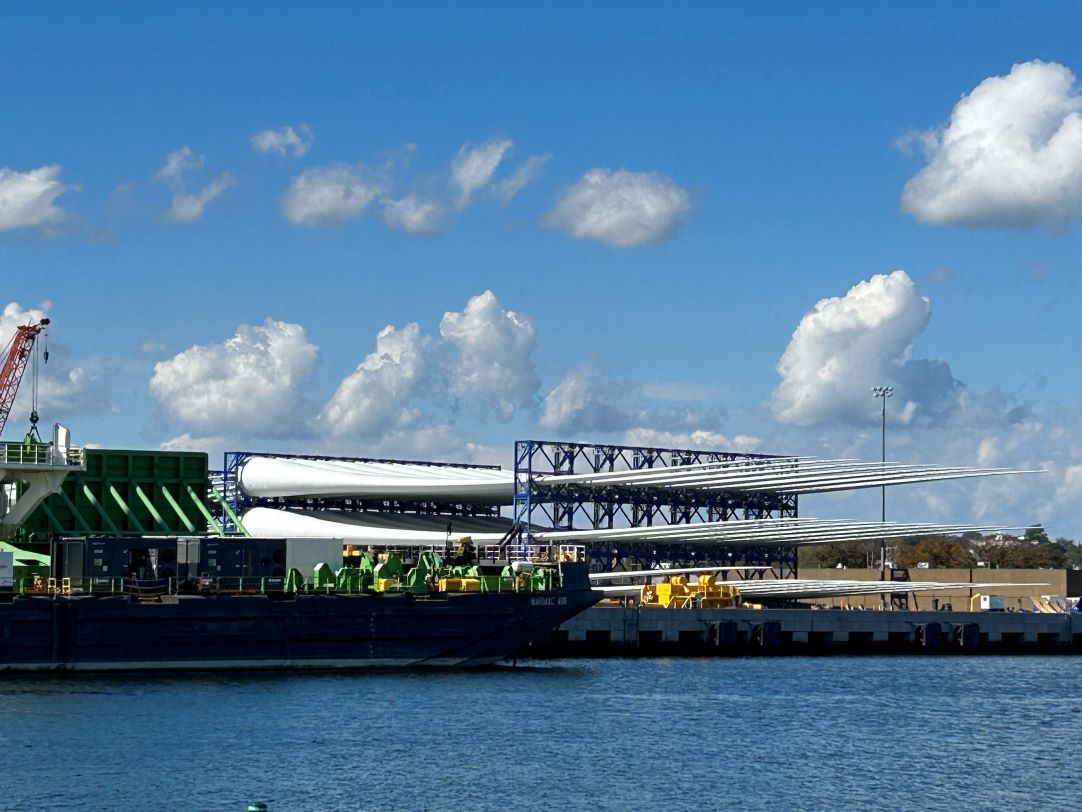Commercial Trawling Damages Fragile Seafloor Habitat
August 2, 2017
Commercial fishing gear that is dragged along the seafloor to capture species that live on, in or near the ocean bottom has long been criticized for damaging sensitive habitats and catching innumerable non-target species. It disturbs sediments, destroys corals, and removes many of the organisms that commercial species feed upon.
But a new study of the predominant bottom-trawling methods used in the North Atlantic found that some gear is more damaging than others.
Jeremy Collie, an oceanography professor at the University of Rhode Island and a member of the international team of scientists that conducted the study, said trawling is controversial because it can affect entire ecosystems.
“It’s a serious problem, but we’re finding that it’s a very localized problem,” he said. “The distribution of where bottom fishing takes place is patchy, and the habitat we care about is patchy. Where those two things intersect is where the problem is.”
The researchers examined 70 previous studies on the effects of bottom trawling to determine which methods were most harmful.
Otter trawling, which is used to catch cod, haddock, flounder and other fish near the bottom and is the most common fishing method in New England, uses two large metal doors to hold open the net as it drags along the seafloor. It was found to be the least harmful of the methods assessed. Otter trawls killed 6 percent of the marine organisms in the way each time the net passed, according to the study published July 17 in the Proceedings of the National Academy of Science.
The researchers also studied beam trawling, a method that uses a metal beam to hold open the net; towed dredges that drag a toothed metal bar along the seafloor, used in New England’s scallop fishery; and hydraulic dredges, which use a jet of water to loosen the seabed to capture surf clams and ocean quahogs living in the sediment.
Hydraulic dredges caused the most damage, killing 41 percent of animal and plant life on the seabed.
“The degree of damage caused by each gear type can be characterized by how far the gear penetrates the seafloor,” Collie said. “The further it penetrates, the more damage it causes.”
While some critics have argued that the most damaging gear should be banned, Collie said that approach could close entire fisheries, since each gear type is designed to harvest a targeted species.
“Rather than banning a particular type of gear, spatial management can be used to restrict them to particular areas or to prohibit their use in closed areas,” Collie said. “The information from our studies should help to inform spatial management.”
In addition to calculating the mortality caused by each bottom-trawling method, the study also estimated how long it would take for various habitats to recover from trawling.
The study found that sandy habitats that are typical of large areas of the continental shelf are likely to recover from trawling in just a few months, especially if they are only trawled once or twice annually. But habitats with gravel or cobblestones could take a decade or more to recover.
“And in areas that might have biogenic epifauna, like cold-water corals or glass sponges, recovery times could stretch from decades to centuries,” Collie said. “Those species grow slowly, or once you wipe them out, it’s harder for their larvae or juveniles to re-establish themselves.”
The recent study is part of the Trawling Best Practices Project, which is examining the impact of trawling worldwide and plans to publish trawling guidelines for the fishing industry that focus on preserving the marine ecosystem.
“From my perspective, we want to identify the vulnerable habitats and protect them, recognizing that they are a small fraction of the total area,” Collie said. “For the New England shelf, there are large areas that we don’t need to be concerned about and large areas of sandy sediment where trawling effects are not a concern. Small areas like gravel and complex habitats, and those that are fished by scallop gear, are the areas we need to focus in on.”
The next step in the project is to complete a global analysis of what Collie called “the footprint of fishing” that will identify the areas where trawling effort is greatest. The researchers will also examine the indirect effects of bottom trawling — how trawling affects the ability of certain habitats to produce fish. The project will conclude with the creation of a methodology that fishery agencies around the world can adopt to better manage their fisheries.
Rhode Island resident and author Todd McLeish runs a wildlife blog.



